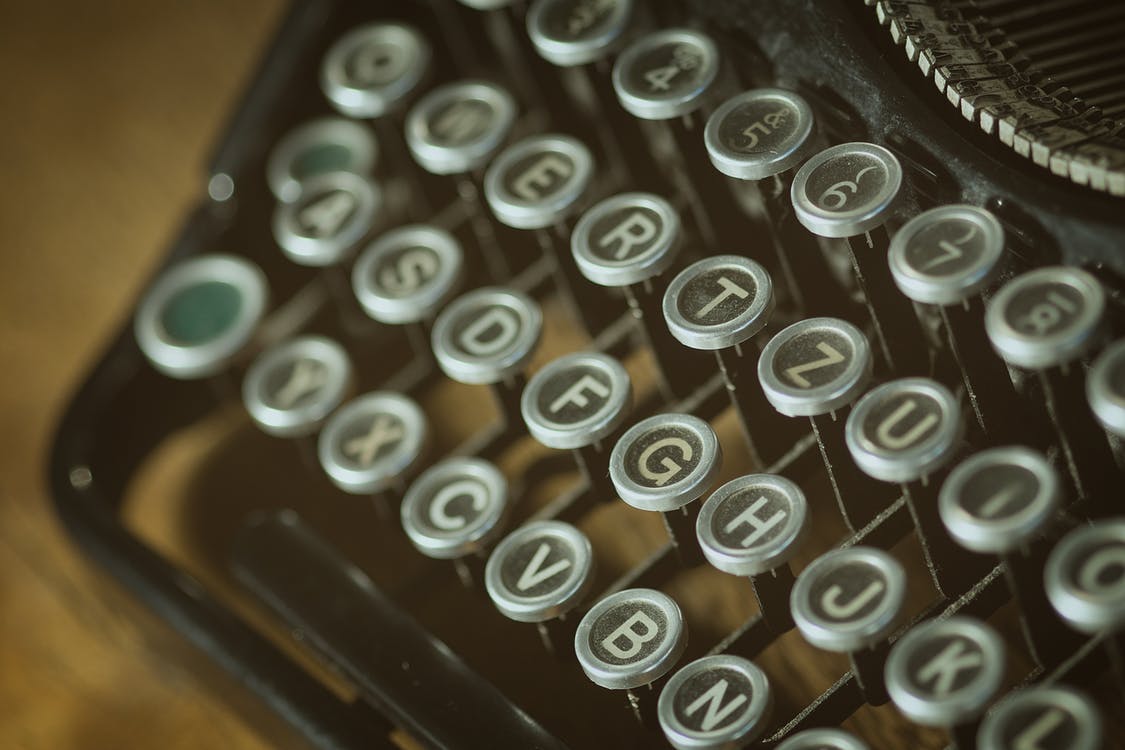
A few years ago, Lisa got me an Underwood manual typewriter for my birthday.
It was made in 1912, the same year as the Titanic, and while no one has made a movie about my typewriter, it is still working. I use it to write personal letters that I think are important, and I think that receiving a letter that was ‘hand typed’ (it’s practically an artisanal craft now), has an impact on the recipient.
What I find most interesting about writing on the typewriter (as opposed to on a word processor – or, God forbid, a phone!), is that you cannot make a mistake.
Using a computer to write allows you to endlessly make mistakes. You can always delete a paragraph or a sentence or a word that you didn’t like and try again… or not.
There are, of course, advantages to this, but when you type something it is a one-shot event. The idea has to be in your head first, and then you use the machine to move the idea from your head to the paper in one swift blow (or series of key strokes). Beyond the tactile aspect of actually physically printing on paper along with the sound of the clattering of the keys, the strike of the bell as you reach the end of the line and the satisfaction of slamming the return, there is something different about typing. You have to think it through before you commit to paper.
This experience is exactly what we try to instill in our video training.
As with word processing, the advent of video (and particularly digital, with its endless capacity for storage), allows the shooter to get messy. You simply keep shooting until you find something you like. It is convenient, but in the end it promotes the sloppy kind of thinking that says “It must be in here somewhere.” It is undisciplined.
When people shot film (and film was expensive), there was a necessary discipline to the shooting. You had to think before you shot. As with the typewriter, you only got one chance so you had to make it good.
We teach a lot of skills at TheVJ, but perhaps the most important skill we try to inculcate is to think before you shoot. The more focused you are, the more you have mapped out what it is you are trying to achieve, the more disciplined your work, the better the piece will be.
When I type a letter or a story on the Underwood, I ‘hear’ the story in my head before I start to type. When you shoot video (even with a phone), you should strive to ‘see’ the story in your head before you hit the record button.


